«The geology of southern England was painstakingly unravelled

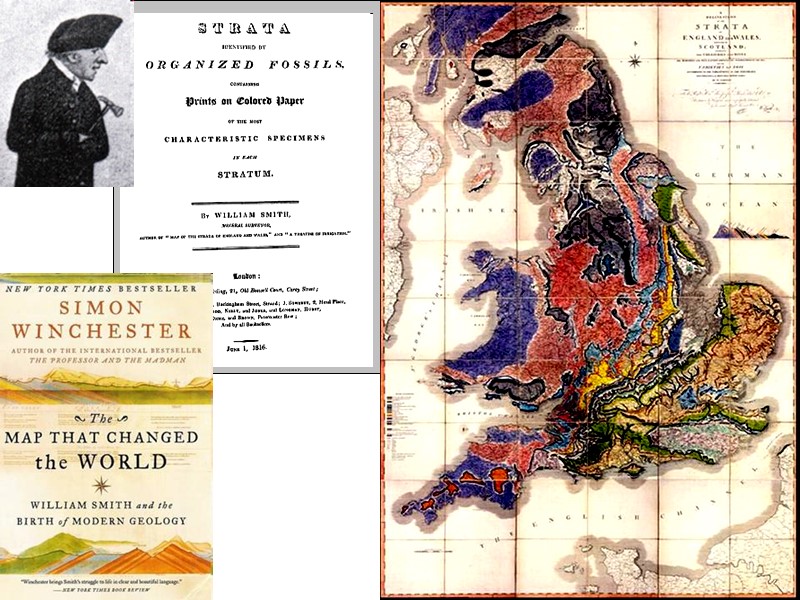

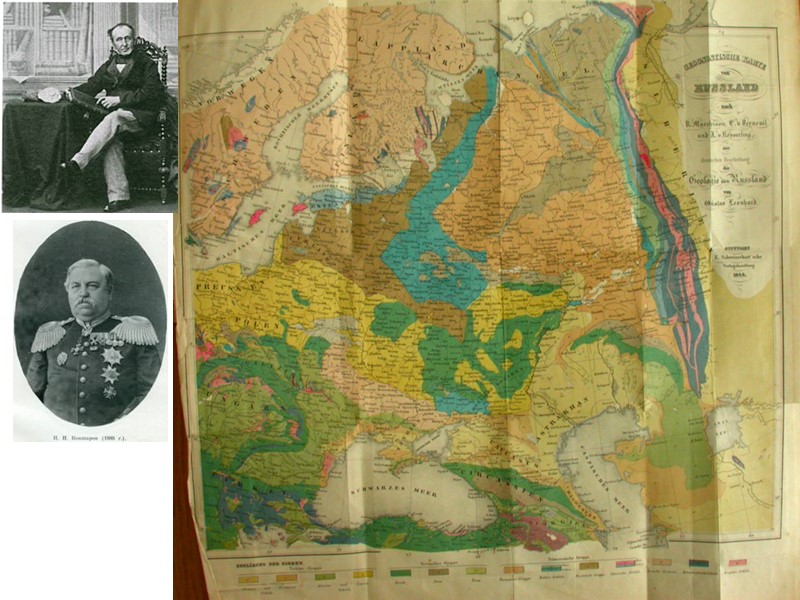
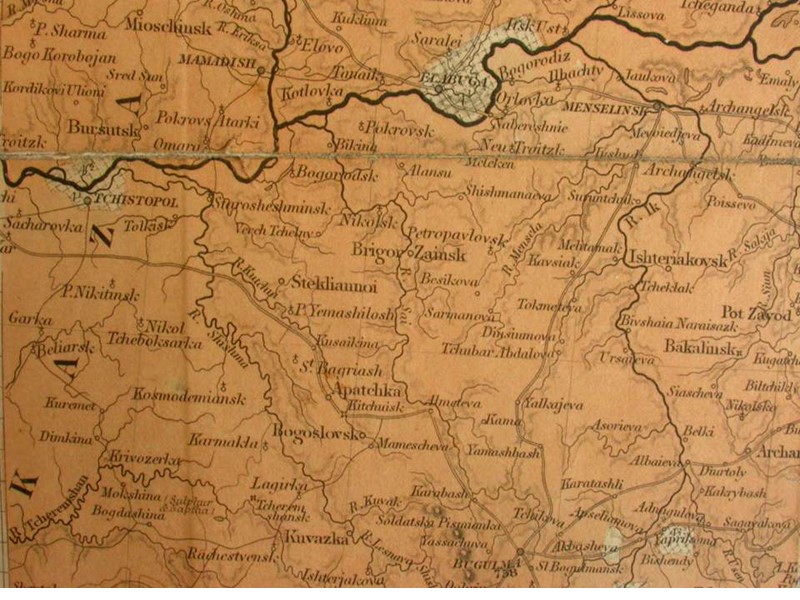

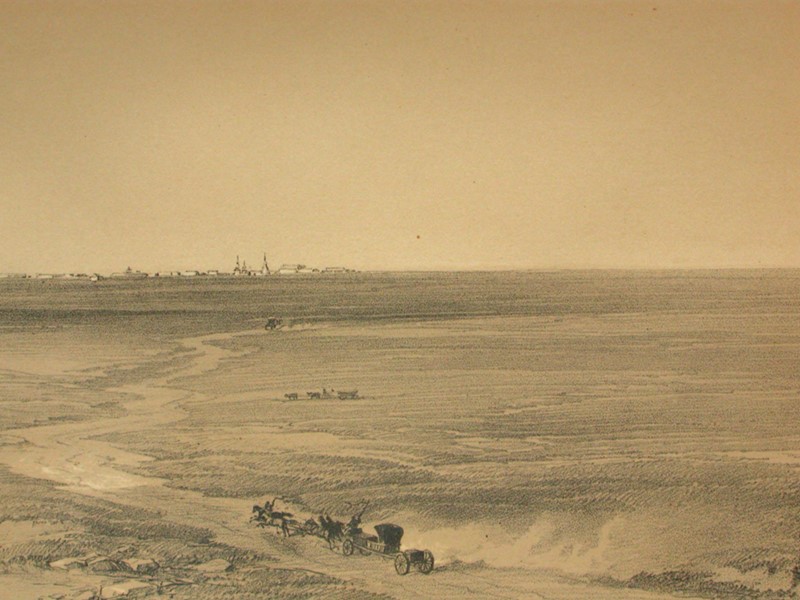
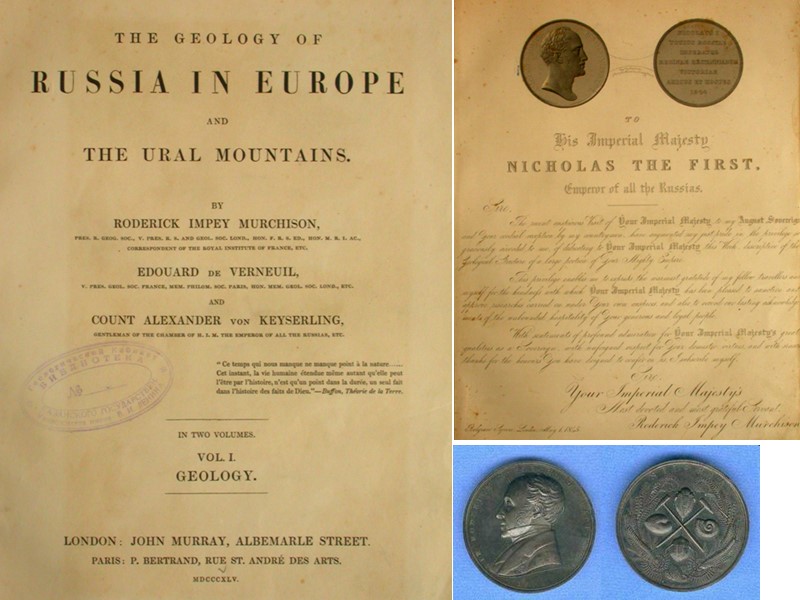

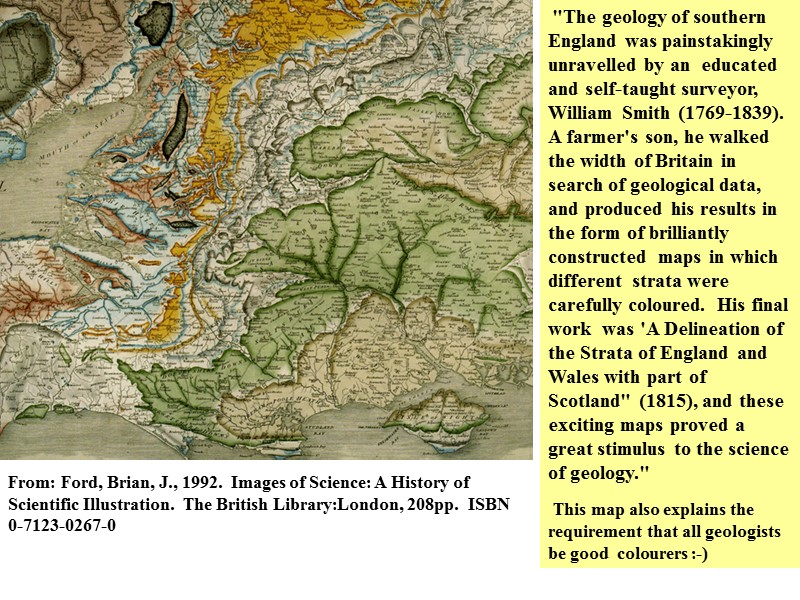

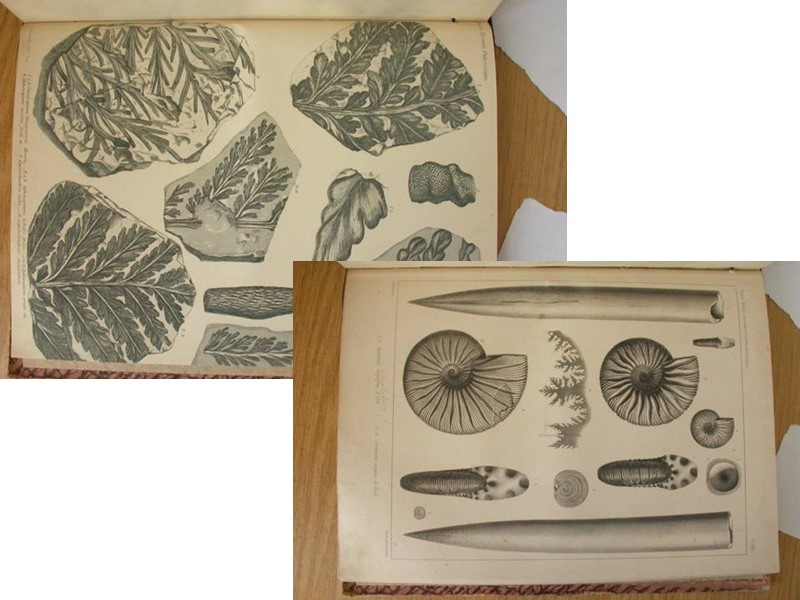
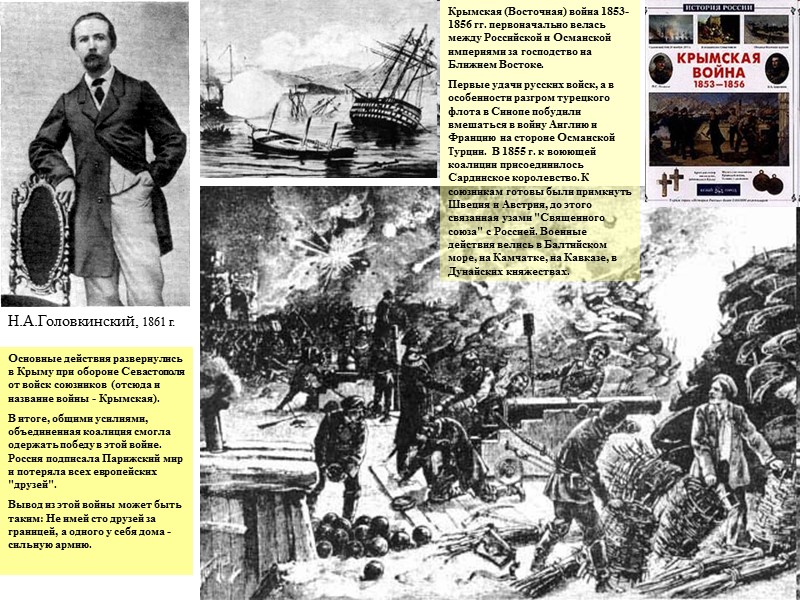
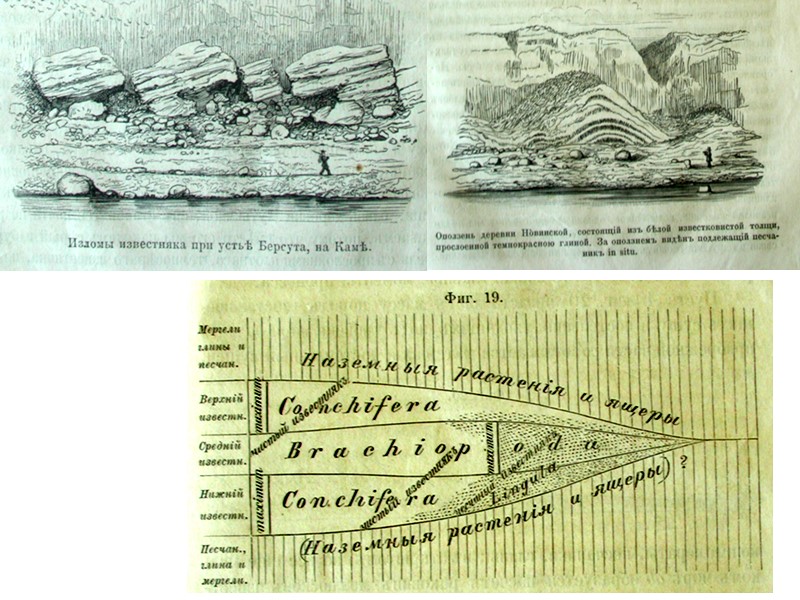



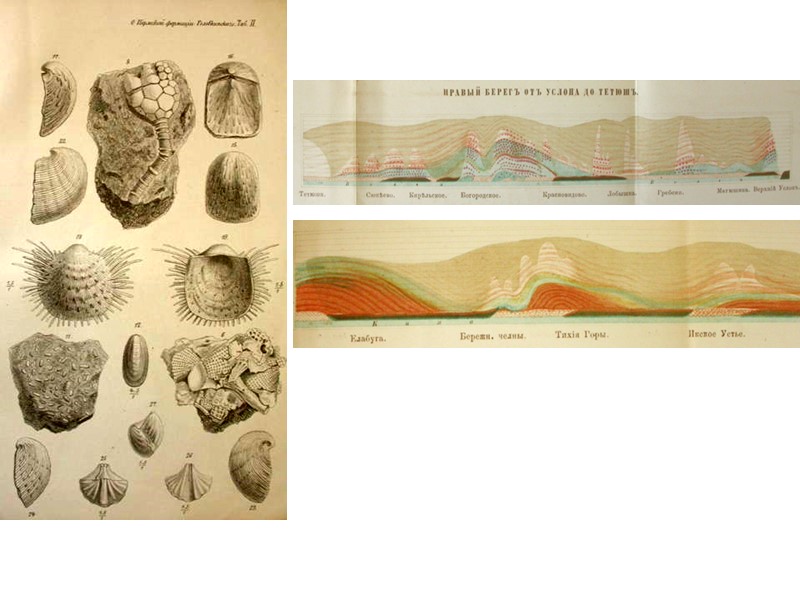
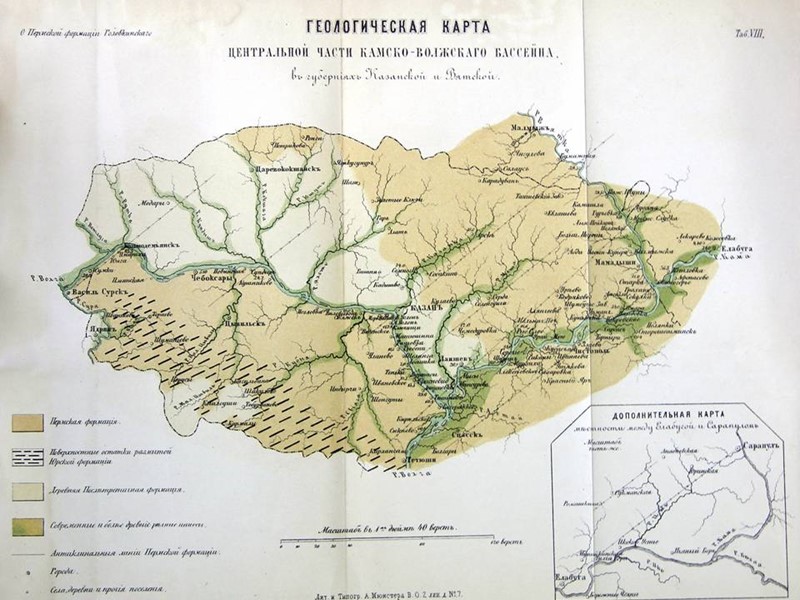
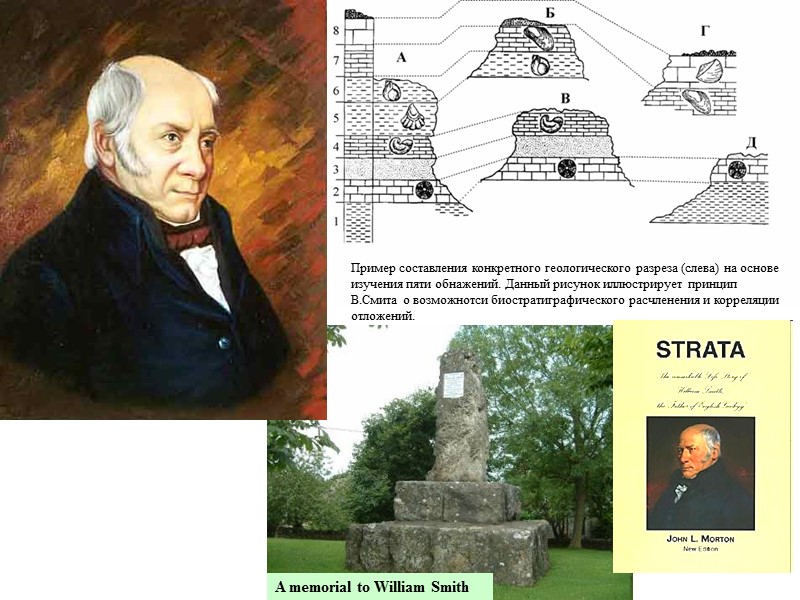
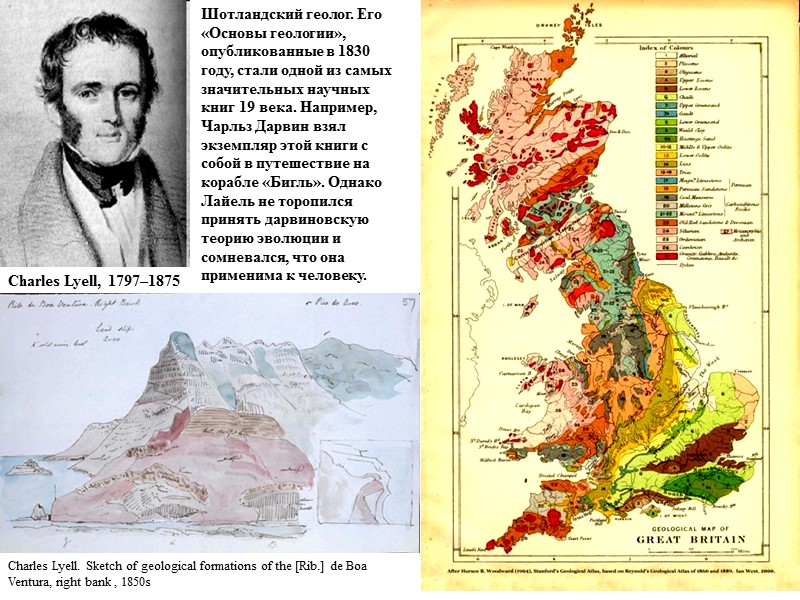
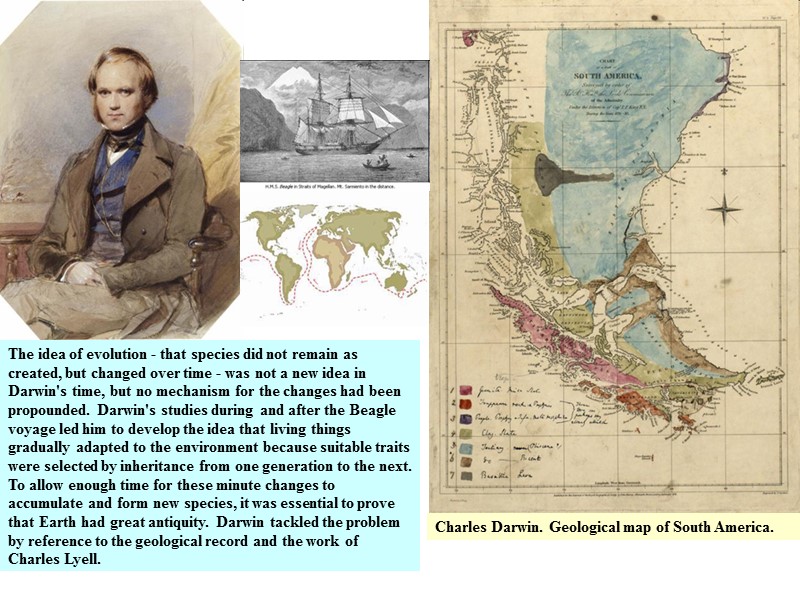
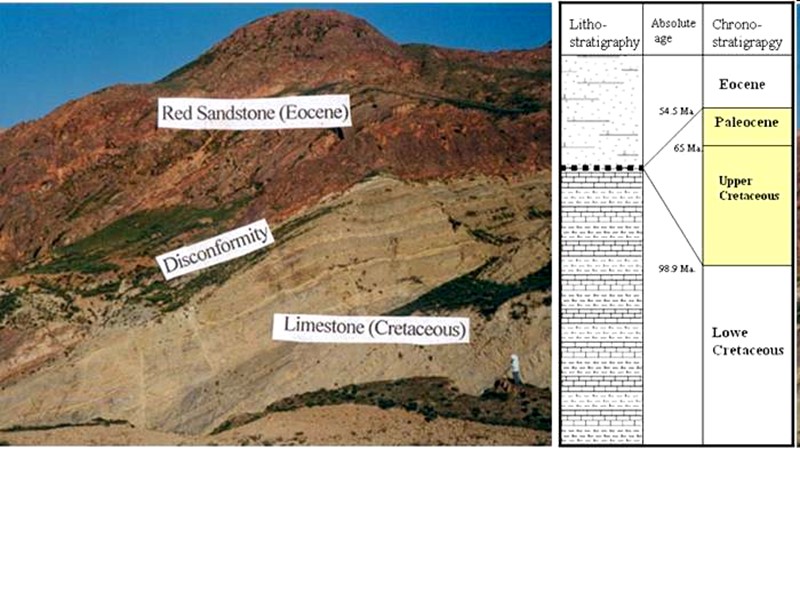
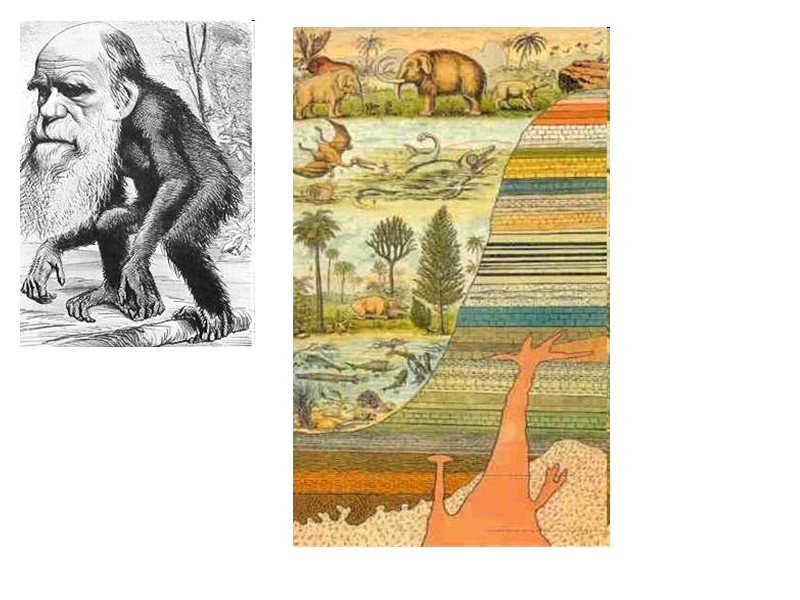

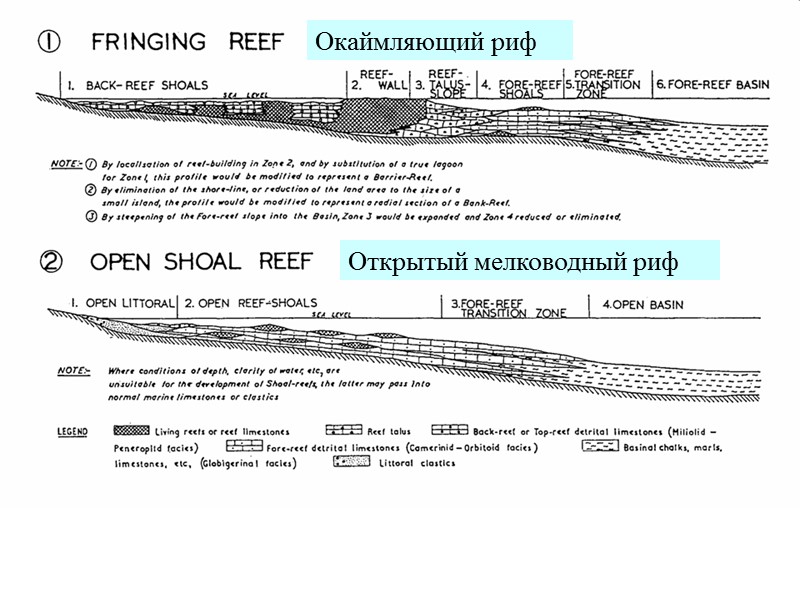
356-a_2_ot_smita_do_golovkinskogo_2.ppt
- Количество слайдов: 29

 "The geology of southern England was painstakingly unravelled by an educated and self-taught surveyor, William Smith (1769-1839). A farmer's son, he walked the width of Britain in search of geological data, and produced his results in the form of brilliantly constructed maps in which different strata were carefully coloured. His final work was 'A Delineation of the Strata of England and Wales with part of Scotland" (1815), and these exciting maps proved a great stimulus to the science of geology." This map also explains the requirement that all geologists be good colourers :-) From: Ford, Brian, J., 1992. Images of Science: A History of Scientific Illustration. The British Library:London, 208pp. ISBN 0-7123-0267-0
"The geology of southern England was painstakingly unravelled by an educated and self-taught surveyor, William Smith (1769-1839). A farmer's son, he walked the width of Britain in search of geological data, and produced his results in the form of brilliantly constructed maps in which different strata were carefully coloured. His final work was 'A Delineation of the Strata of England and Wales with part of Scotland" (1815), and these exciting maps proved a great stimulus to the science of geology." This map also explains the requirement that all geologists be good colourers :-) From: Ford, Brian, J., 1992. Images of Science: A History of Scientific Illustration. The British Library:London, 208pp. ISBN 0-7123-0267-0
 A memorial to William Smith
A memorial to William Smith
 Charles Lyell, 1797–1875 Шотландский геолог. Его «Основы геологии», опубликованные в 1830 году, стали одной из самых значительных научных книг 19 века. Например, Чарльз Дарвин взял экземпляр этой книги с собой в путешествие на корабле «Бигль». Однако Лайель не торопился принять дарвиновскую теорию эволюции и сомневался, что она применима к человеку. Charles Lyell. Sketch of geological formations of the [Rib.] de Boa Ventura, right bank , 1850s
Charles Lyell, 1797–1875 Шотландский геолог. Его «Основы геологии», опубликованные в 1830 году, стали одной из самых значительных научных книг 19 века. Например, Чарльз Дарвин взял экземпляр этой книги с собой в путешествие на корабле «Бигль». Однако Лайель не торопился принять дарвиновскую теорию эволюции и сомневался, что она применима к человеку. Charles Lyell. Sketch of geological formations of the [Rib.] de Boa Ventura, right bank , 1850s
 The idea of evolution - that species did not remain as created, but changed over time - was not a new idea in Darwin's time, but no mechanism for the changes had been propounded. Darwin's studies during and after the Beagle voyage led him to develop the idea that living things gradually adapted to the environment because suitable traits were selected by inheritance from one generation to the next. To allow enough time for these minute changes to accumulate and form new species, it was essential to prove that Earth had great antiquity. Darwin tackled the problem by reference to the geological record and the work of Charles Lyell. Charles Darwin. Geological map of South America.
The idea of evolution - that species did not remain as created, but changed over time - was not a new idea in Darwin's time, but no mechanism for the changes had been propounded. Darwin's studies during and after the Beagle voyage led him to develop the idea that living things gradually adapted to the environment because suitable traits were selected by inheritance from one generation to the next. To allow enough time for these minute changes to accumulate and form new species, it was essential to prove that Earth had great antiquity. Darwin tackled the problem by reference to the geological record and the work of Charles Lyell. Charles Darwin. Geological map of South America.


 Amanz Gressly born July 17, 1814, Bärschwil, Switz. died April 13, 1865, Bern Swiss geologist who originated the study of stratigraphic facies when he discovered lateral differences in the character and fossil content of strata in the Jura Mountains, reflecting a variation of the original environment of deposition. At a time when geologists mainly studied the vertical succession of rock and fossil beds, Gressly observed the great horizontal changes in each individual layer. In “Observations géologiques sur le Jura Soleurois” (1838–41), he coined the term facies to describe the aspects (or “faces”) of the terrain. Gressly worked closely with Louis Agassiz at Neuchâtel, and, when Agassiz went to the United States in 1846, Gressly turned to engineering work on tunnels for the alpine railroads. His discoveries there, combined with his extensive fossil collection, enabled him accurately to predict sedimentary strata in regions he had not visited. He is considered to have laid the foundations for modern paleogeography. Encyclopædia Britannica. 2006. Encyclopædia Britannica Premium Service. 28 Feb. 2006
Amanz Gressly born July 17, 1814, Bärschwil, Switz. died April 13, 1865, Bern Swiss geologist who originated the study of stratigraphic facies when he discovered lateral differences in the character and fossil content of strata in the Jura Mountains, reflecting a variation of the original environment of deposition. At a time when geologists mainly studied the vertical succession of rock and fossil beds, Gressly observed the great horizontal changes in each individual layer. In “Observations géologiques sur le Jura Soleurois” (1838–41), he coined the term facies to describe the aspects (or “faces”) of the terrain. Gressly worked closely with Louis Agassiz at Neuchâtel, and, when Agassiz went to the United States in 1846, Gressly turned to engineering work on tunnels for the alpine railroads. His discoveries there, combined with his extensive fossil collection, enabled him accurately to predict sedimentary strata in regions he had not visited. He is considered to have laid the foundations for modern paleogeography. Encyclopædia Britannica. 2006. Encyclopædia Britannica Premium Service. 28 Feb. 2006
 Открытый мелководный риф Окаймляющий риф
Открытый мелководный риф Окаймляющий риф
 Sir Roderick Impey Murchison (1792 - 1871) Murchison was born at Tarradale, Easter Ross, into a wealthy Highland family. His teenage years were spent in military college in England before spending a further eight years in the army - he saw active service in the Peninsular War. On returning to England he studied arts and antiquities and engaged very actively in fox-hunting. However, it was through the efforts of his wife (who collected fossils) and meetings with Sir Humphrey Davy (1778 - 1829) at Royal Institution lectures that finally led him to turn his attention to science. He was at this point in his early thirties. He became a very active member of the Geological Society of London and collaborated with the likes of Adam Sedgwick (1785 - 1873) and Sir Charles Lyell. Between 1825 and 1831, Murchison travelled extensively over Scotland and England and also visited Italy and Auvergne in France. He also became President of the Geological Society, sat on the Royal Society Council, helped to found the British Association for the Advancement of Science and was a member of the newly found London Geographical Society (of which he later became President). In 1831, at the suggestion of William Buckland (1784 - 1856), he visited South Wales to study the rocks known as 'greywacke'. Over the next seven years he worked extensively on these rocks and their fossils, finally producing his great work 'The Silurian System' in 1839, thus establishing the Silurian time period. He followed this a year later by establishing the Devonian along with Sedgwick. He also travelled through Russia and Scandinavia between 1840 and 1844, resulting in the establishment of the Permian. It was his study of the deposition of gold in the Urals that contributed to the discovery of gold in Australia. Back in Britain he toured the Scottish Highlands with a young Archibald Geikie. Though their interpretation of the formation of the rocks was wrong, they contributed greatly to the famous Highlands Controversy (Murchison vs James Nicol). He became Director-General of the Geological Survey in 1855 and established the first Professor of Geology at Edinburgh University. His knighthood was awarded in 1846 and he was made a baron in 1866.
Sir Roderick Impey Murchison (1792 - 1871) Murchison was born at Tarradale, Easter Ross, into a wealthy Highland family. His teenage years were spent in military college in England before spending a further eight years in the army - he saw active service in the Peninsular War. On returning to England he studied arts and antiquities and engaged very actively in fox-hunting. However, it was through the efforts of his wife (who collected fossils) and meetings with Sir Humphrey Davy (1778 - 1829) at Royal Institution lectures that finally led him to turn his attention to science. He was at this point in his early thirties. He became a very active member of the Geological Society of London and collaborated with the likes of Adam Sedgwick (1785 - 1873) and Sir Charles Lyell. Between 1825 and 1831, Murchison travelled extensively over Scotland and England and also visited Italy and Auvergne in France. He also became President of the Geological Society, sat on the Royal Society Council, helped to found the British Association for the Advancement of Science and was a member of the newly found London Geographical Society (of which he later became President). In 1831, at the suggestion of William Buckland (1784 - 1856), he visited South Wales to study the rocks known as 'greywacke'. Over the next seven years he worked extensively on these rocks and their fossils, finally producing his great work 'The Silurian System' in 1839, thus establishing the Silurian time period. He followed this a year later by establishing the Devonian along with Sedgwick. He also travelled through Russia and Scandinavia between 1840 and 1844, resulting in the establishment of the Permian. It was his study of the deposition of gold in the Urals that contributed to the discovery of gold in Australia. Back in Britain he toured the Scottish Highlands with a young Archibald Geikie. Though their interpretation of the formation of the rocks was wrong, they contributed greatly to the famous Highlands Controversy (Murchison vs James Nicol). He became Director-General of the Geological Survey in 1855 and established the first Professor of Geology at Edinburgh University. His knighthood was awarded in 1846 and he was made a baron in 1866.







 Original mounted photograph of Murchison not dated, from K. C. Gass collection
Original mounted photograph of Murchison not dated, from K. C. Gass collection


 Phillippe Edouard Poulletier de Verneuil (February 13, 1805 - May 29, 1873) was a French paleontologist. He was born in Paris and educated for the law, but being of independent means he was free to follow his own inclinations, and having attended lectures on geology by Jean-Baptiste Elie de Beaumont he was so attracted to the subject that he devoted himself assiduously to the study of science. He spent several years in travel through various parts of Europe, specially examining the geology of the Crimea, on which he published an essay (Mem. Soc. Geol. France, 1837). He next investigated the Devonian rocks and fossils of the Bas-Boulonnais; and in 1839 accompanied Sedgwick and Murchison in a study of the older Palaeozoic rocks of the Rhenish provinces and Belgium, the palaeontological results being communicated to the Geological Society of London in conjunction with the Vicomte d'Archiac. When Murchison commenced his geological examination of the Russian empire, he requested de Verneuil to accompany him, and the researches of the latter were incorporated in the second volume of The Geology of Russia in Europe and the Ural Mountains (1845). Subsequently de Verneuil paid a visit to the United States to study the history of the palaeozoic rocks in that country, and the results were published in 1847 (Bull. Soc. Geol. France). In later years he made numerous expeditions into Spain, and his observations were embodied in Carte geologique de l'Espagne et du Portugal (1864), prepared in association with Edouard Collomb. In 1853 the Wollaston medal of the Geological Society of London was awarded to him, and in 1860 he was elected a foreign member of the Royal Society. He died in Paris. De Verneuil was President of the Geological Society of France in 1840, 1853, and 1867.
Phillippe Edouard Poulletier de Verneuil (February 13, 1805 - May 29, 1873) was a French paleontologist. He was born in Paris and educated for the law, but being of independent means he was free to follow his own inclinations, and having attended lectures on geology by Jean-Baptiste Elie de Beaumont he was so attracted to the subject that he devoted himself assiduously to the study of science. He spent several years in travel through various parts of Europe, specially examining the geology of the Crimea, on which he published an essay (Mem. Soc. Geol. France, 1837). He next investigated the Devonian rocks and fossils of the Bas-Boulonnais; and in 1839 accompanied Sedgwick and Murchison in a study of the older Palaeozoic rocks of the Rhenish provinces and Belgium, the palaeontological results being communicated to the Geological Society of London in conjunction with the Vicomte d'Archiac. When Murchison commenced his geological examination of the Russian empire, he requested de Verneuil to accompany him, and the researches of the latter were incorporated in the second volume of The Geology of Russia in Europe and the Ural Mountains (1845). Subsequently de Verneuil paid a visit to the United States to study the history of the palaeozoic rocks in that country, and the results were published in 1847 (Bull. Soc. Geol. France). In later years he made numerous expeditions into Spain, and his observations were embodied in Carte geologique de l'Espagne et du Portugal (1864), prepared in association with Edouard Collomb. In 1853 the Wollaston medal of the Geological Society of London was awarded to him, and in 1860 he was elected a foreign member of the Royal Society. He died in Paris. De Verneuil was President of the Geological Society of France in 1840, 1853, and 1867.

 Крымская (Восточная) война 1853-1856 гг. первоначально велась между Российской и Османской империями за господство на Ближнем Востоке. Первые удачи русских войск, а в особенности разгром турецкого флота в Синопе побудили вмешаться в войну Англию и Францию на стороне Османской Турции. В 1855 г. к воюющей коалиции присоединилось Сардинское королевство. К союзникам готовы были примкнуть Швеция и Австрия, до этого связанная узами "Священного союза" с Россией. Военные действия велись в Балтийском море, на Камчатке, на Кавказе, в Дунайских княжествах. Основные действия развернулись в Крыму при обороне Севастополя от войск союзников (отсюда и название войны - Крымская). В итоге, общими усилиями, объединенная коалиция смогла одержать победу в этой войне. Россия подписала Парижский мир и потеряла всех европейских "друзей". Вывод из этой войны может быть таким: Не имей сто друзей за границей, а одного у себя дома - сильную армию. Н.А.Головкинский, 1861 г.
Крымская (Восточная) война 1853-1856 гг. первоначально велась между Российской и Османской империями за господство на Ближнем Востоке. Первые удачи русских войск, а в особенности разгром турецкого флота в Синопе побудили вмешаться в войну Англию и Францию на стороне Османской Турции. В 1855 г. к воюющей коалиции присоединилось Сардинское королевство. К союзникам готовы были примкнуть Швеция и Австрия, до этого связанная узами "Священного союза" с Россией. Военные действия велись в Балтийском море, на Камчатке, на Кавказе, в Дунайских княжествах. Основные действия развернулись в Крыму при обороне Севастополя от войск союзников (отсюда и название войны - Крымская). В итоге, общими усилиями, объединенная коалиция смогла одержать победу в этой войне. Россия подписала Парижский мир и потеряла всех европейских "друзей". Вывод из этой войны может быть таким: Не имей сто друзей за границей, а одного у себя дома - сильную армию. Н.А.Головкинский, 1861 г.



